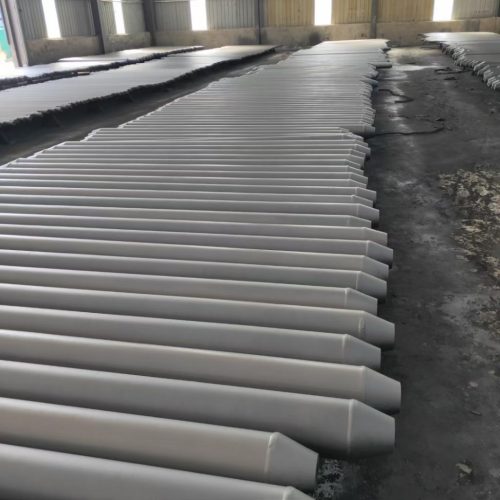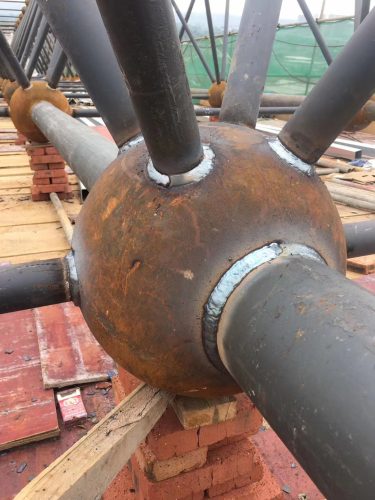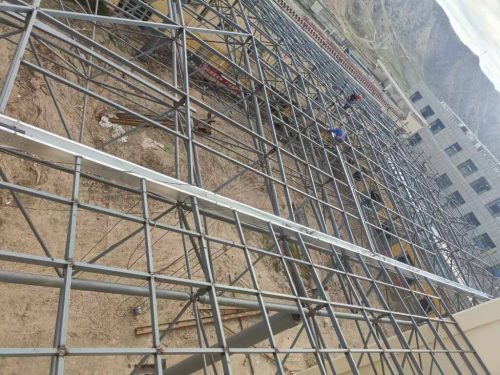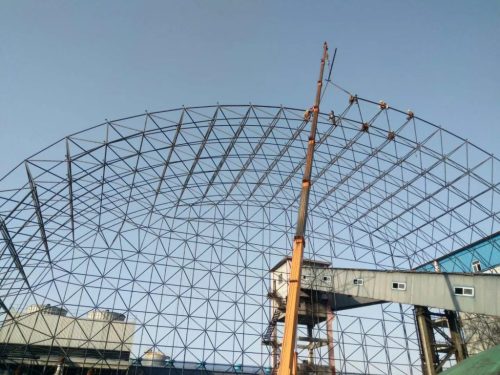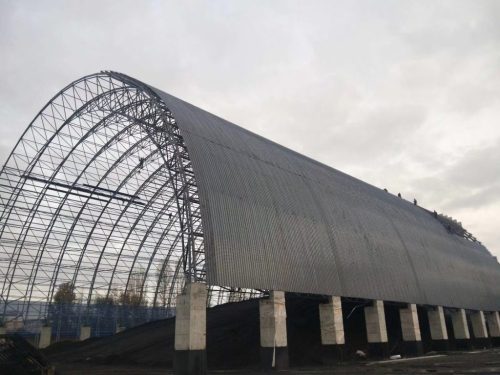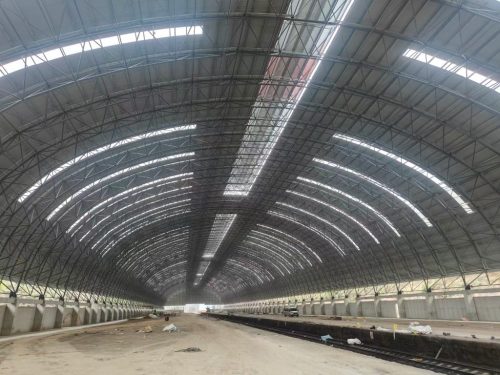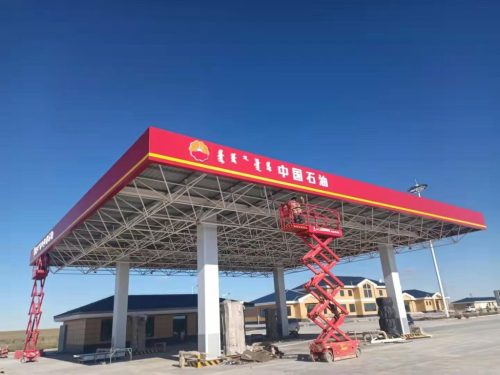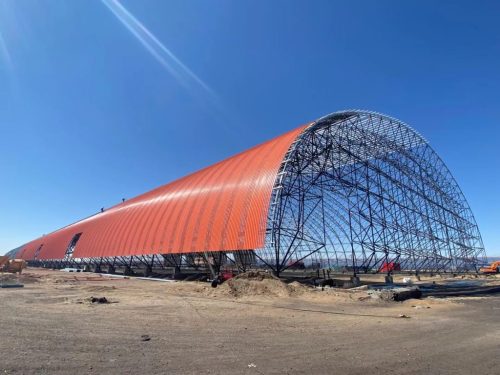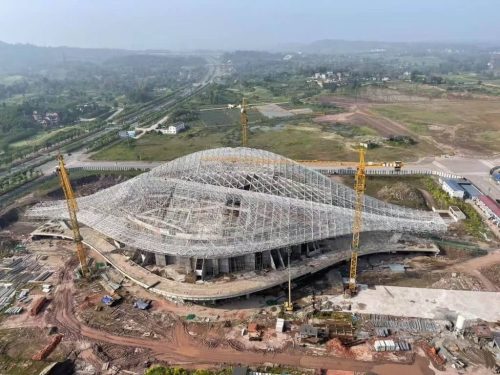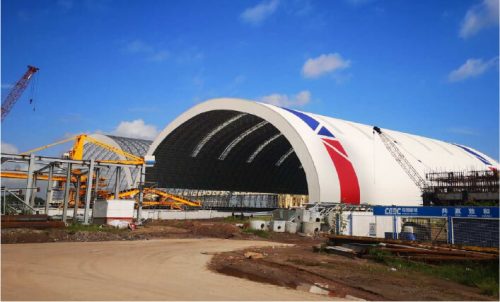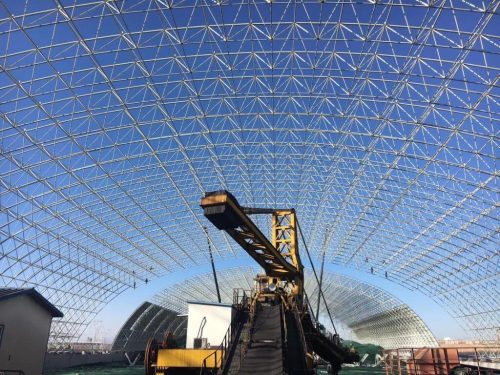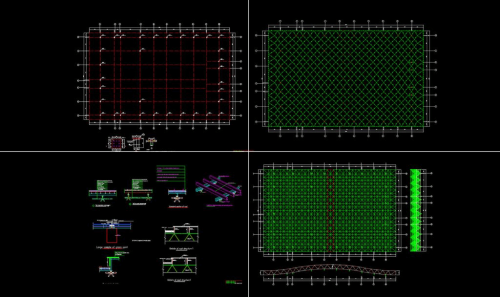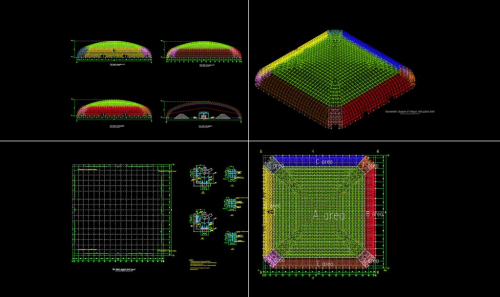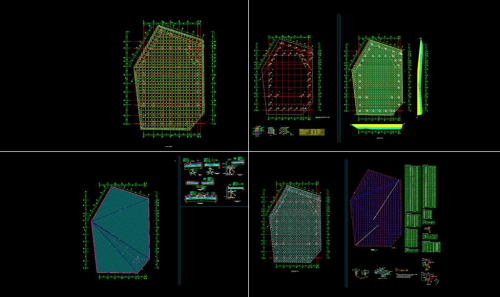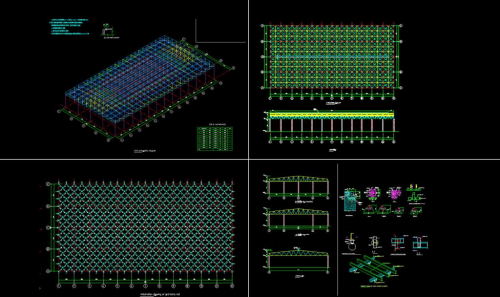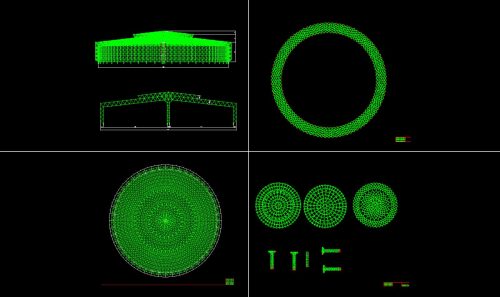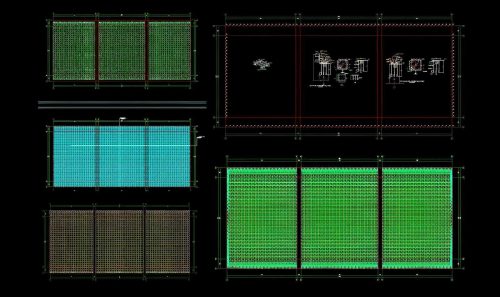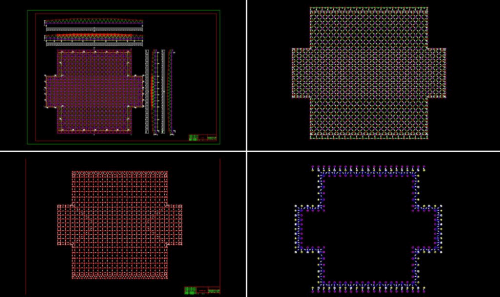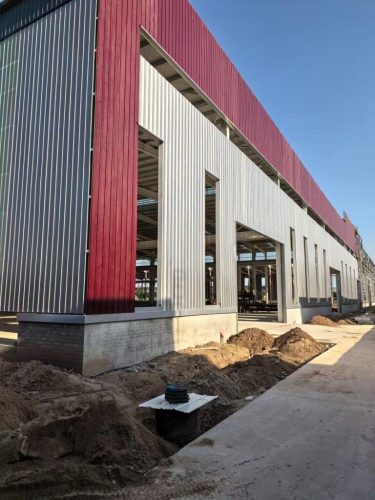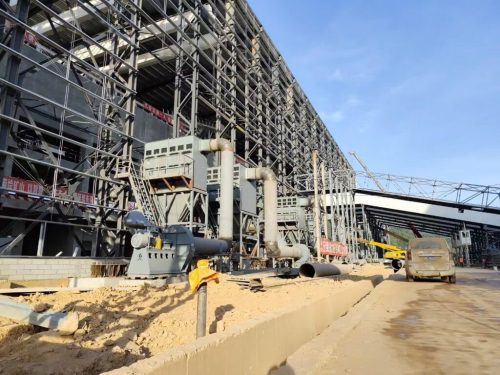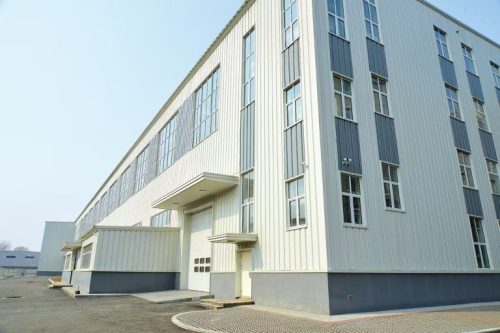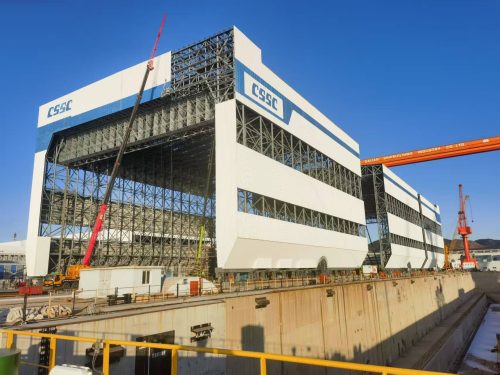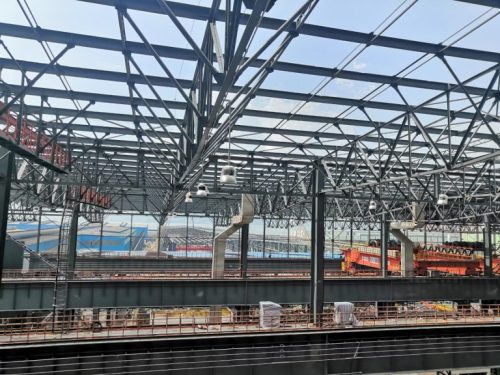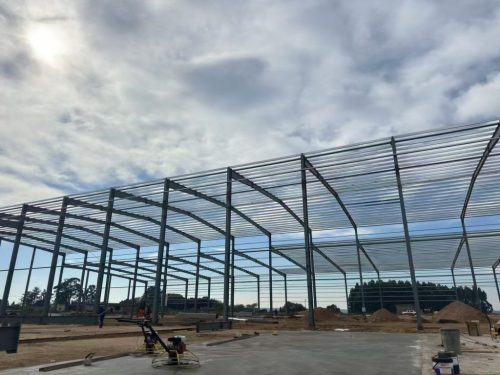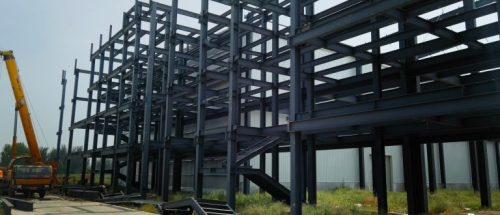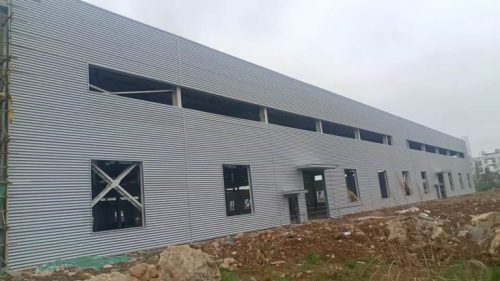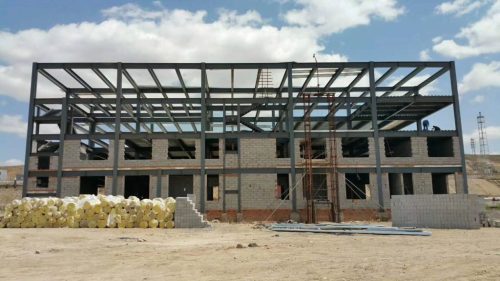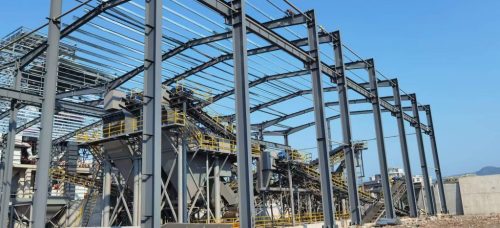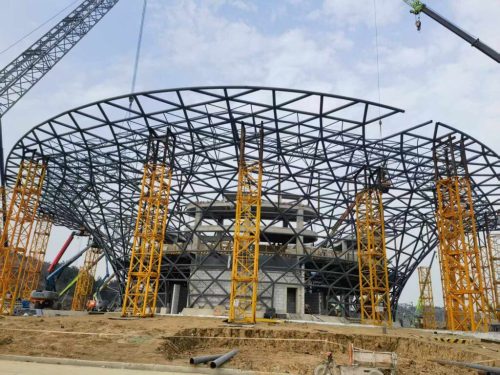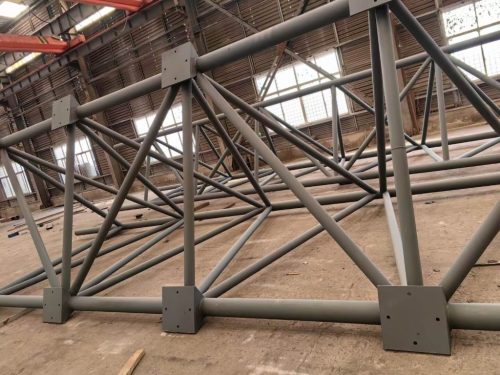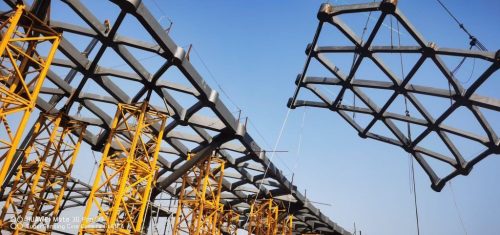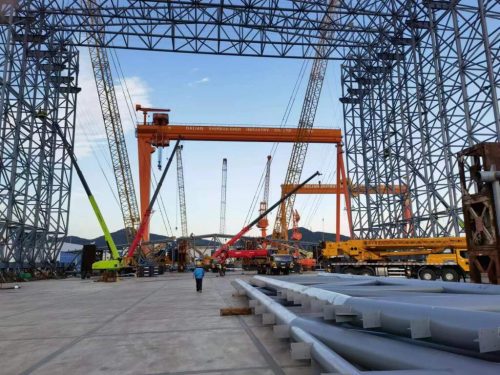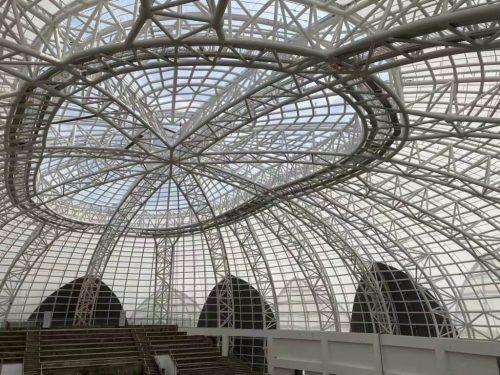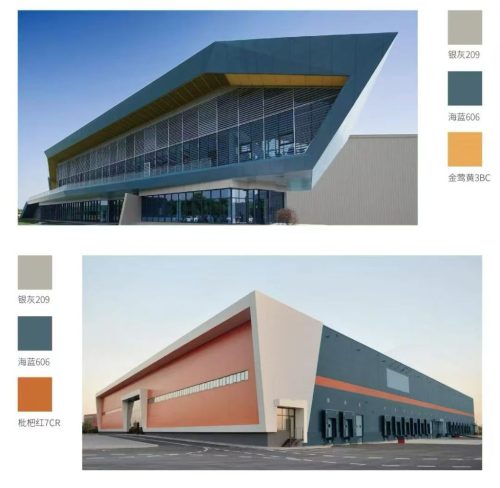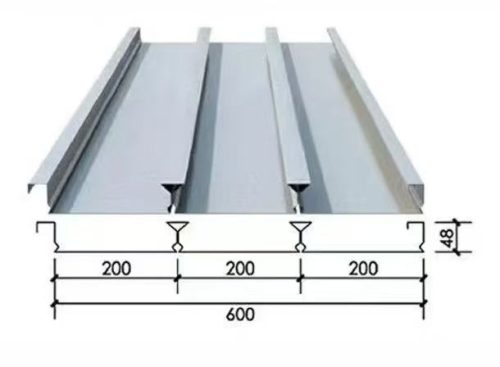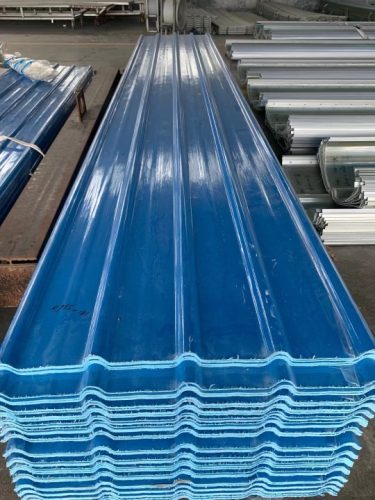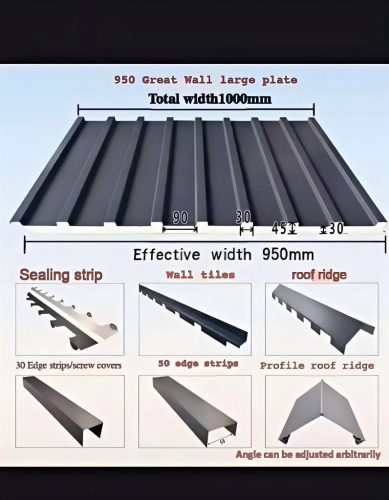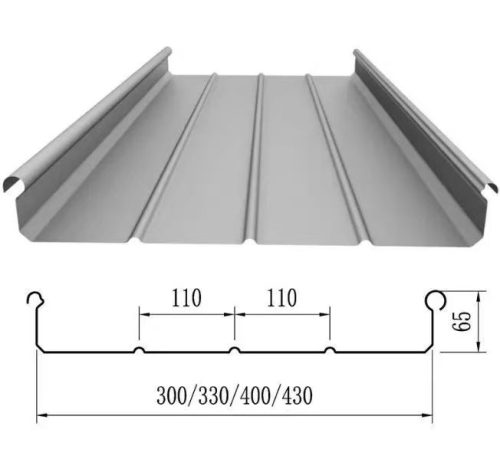Efficient Lifting Solution for Steel Space Frame Structures
Steel space frame structures are widely used in large-span applications such as stadiums, exhibition centers, airports, coal sheds, and industrial facilities. With their lightweight form, excellent load-bearing capacity, and aesthetic flexibility, space frames have become a preferred solution for modern architecture. However, one of the most critical and often underestimated stages in these projects is the lifting and installation process — especially for large and heavy space frame systems.
Core Challenges
There are two major pain points commonly faced in the lifting of steel space frames:
High-Altitude Bulk Assembly Safety Hazards
Traditional lifting methods often require assembling large amounts of components at height, exposing workers to risks such as falling, misaligned connections, and wind-related hazards.
The complexity increases when lifting needs to be conducted in challenging weather or limited time frames.
Extended Site Occupation
Traditional methods involving step-by-step installation at height often require scaffolding, temporary platforms, and prolonged use of cranes.
This not only prolongs the construction period but also increases costs related to labor, equipment, and site management.
The Efficient Lifting Solution: Ground Assembly + Integral Hoisting
To overcome these challenges, the most recommended and industry-proven method is the “ground assembly with overall lifting”, also known as integral hoisting. In this method, the space frame is first assembled at ground level, and then the entire module or structure is lifted into position using synchronized cranes, hydraulic jacks, or cable lifting systems.
Key Benefits of the Ground + Hoisting Approach
Safety First: By eliminating high-altitude assembly, the risk to workers is drastically reduced. All connections, welding, and inspections can be carried out safely on the ground.
Faster Installation: A complete structure can be hoisted in one or two lifts, saving weeks compared to traditional methods.
Better Quality Control: On-ground operations allow for precise alignment, accurate bolt tightening, and easier access for inspection and rework.
Lower Cost: Less time spent on site and lower risk reduce overall project costs. It also shortens crane rental periods and cuts labor expenses.
How It Works: Step-by-Step Process
Pre-Assembly Planning
Design engineers divide the structure into optimal lifting modules based on size, weight, and site constraints.
Lifting points, temporary supports, and assembly jigs are designed to ensure stability during lifting.
On-Ground Assembly
The steel space frame is completely or partially assembled at a safe ground location.
Quality inspections for bolt torque, node alignment, and protective coating are completed before lifting.
Synchronized Lifting
Using hydraulic lifting systems or cranes, the entire space frame is lifted in a synchronized manner to its designated position.
Sensors and real-time monitoring ensure safe and controlled lifting across all points.
Final Positioning & Connection
Once the structure reaches its final position, it is fixed to foundation anchors.
Any final adjustments are made before disassembling temporary supports.
Real-World Example
In a recent steel structure airport terminal project in Southeast Asia, a 160-meter-span space frame roof was assembled on the ground and lifted in two phases using a crawler crane system. The result:
- 50% reduction in construction time
- No on-site accidents during lifting
- Enhanced installation precision
When to Use This Solution
This lifting method is best suited for:
- Large-span roofs (stadiums, terminals, warehouses)
- Projects with tight deadlines
- Projects in busy or constrained construction sites
- Cold regions where minimizing high-altitude work is essential
Conclusion
As steel space frame structures continue to dominate modern architecture, the demand for safer and faster construction methods grows. The ground assembly and integral hoisting solution offers a smart, safe, and efficient alternative to traditional high-altitude assembly.



